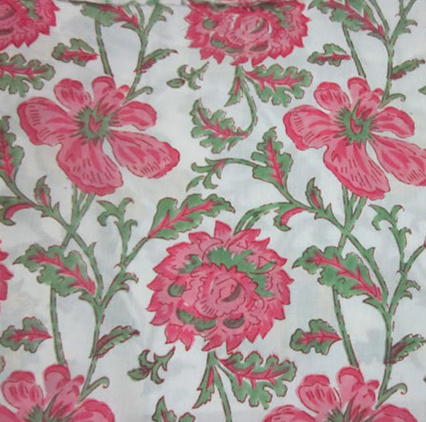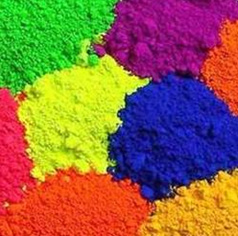What is Pigments?
Pigments are such colorants which composed of particles that are insoluble in the application medium. They have no substantivity for the material since the particles are too large to penetrate into the substrate. They are generally present on the surface of the substrate. That’s why pigments are made fixed with an adhesive to the surface so that they are not being removed easily.
Pigment-Dyed Fabric
A pigment is a material that changes the color of reflected or transmitted light as the result of wavelength-selective absorption. This physical process differs from fluorescence, phosphorescence, and other forms of luminescence, in which a material emits light.
Required Properties of pigments
- Pigments should be opaque in such a way that they may have good covering power.
- Pigments should be chemically inserted so that after use remain stable and get long life.
- They should have the proper to freely mix.
General Classification of Pigments
Natural or Mineral Pigments
These are pigments such as
- Iron
- Ores
- Clays
- Chalk etc.
Chemical or Synthetic Pigments
These mainly include
- Zinc oxide
- White lead
- Titanium dioxide
- A larger number of inorganic and organic colors
Reactive Pigments
Some pigments on account of their chemical character react with oil, fatty acid, and soaps, e.g
- Zinc oxide
- Red lead
Inert pigment: As for example titanium dioxide
Classification of Pigments in Textile
Pigments are used in textile may be broadly classified as
- Azoic pigments
- Vat pigments
- Miscellaneous pigments
Of all the Azoic pigments are occurring major places in pigments.
Advantages of Pigment Dyeing and Printing
- No wet treatment so it is so simple to do dry and curing
- It is applicable to all fibers
- Extensive color range with a high lightfastness
Disadvantages of Pigment Dyeing and Printing
- It has an adverse effect due to binders
- Chemical and physical properties of binders influence in dyeing and printing
- Using a solvent like kerosene, Spirit, etc. produce the problem of flammability, pollution, etc.
- It covers the high cost.


Realy nice one